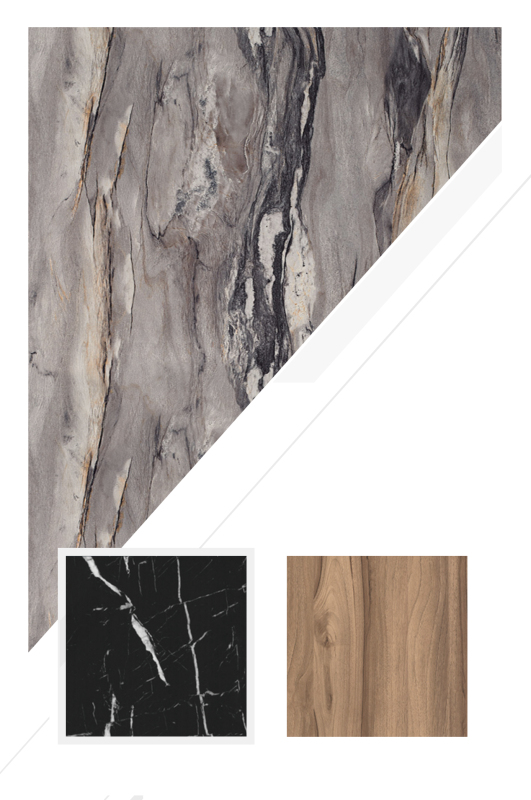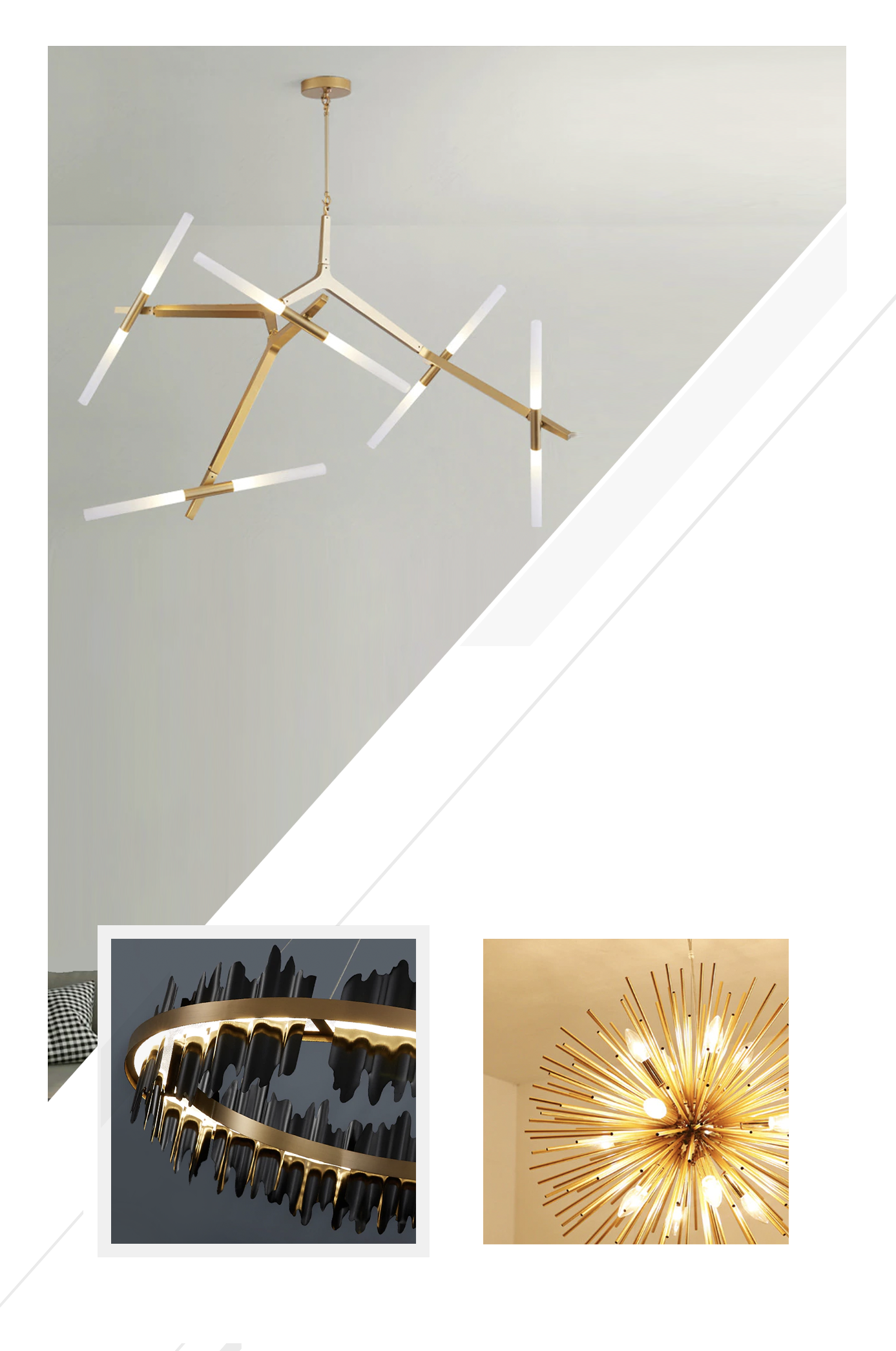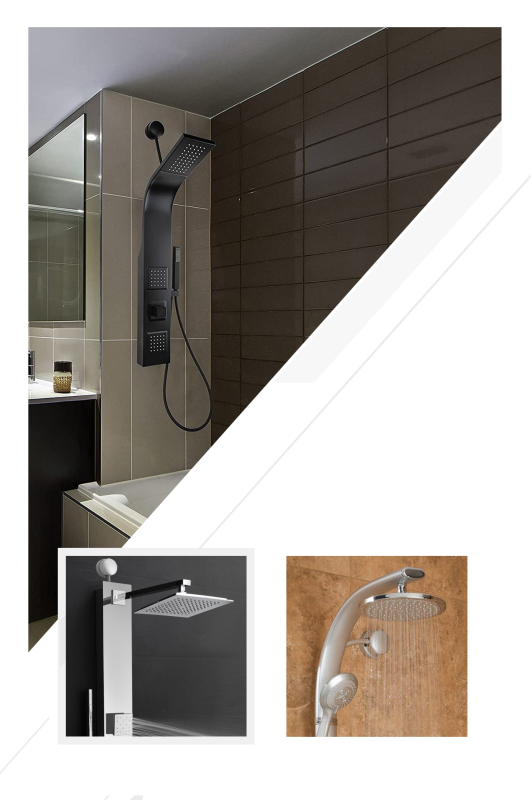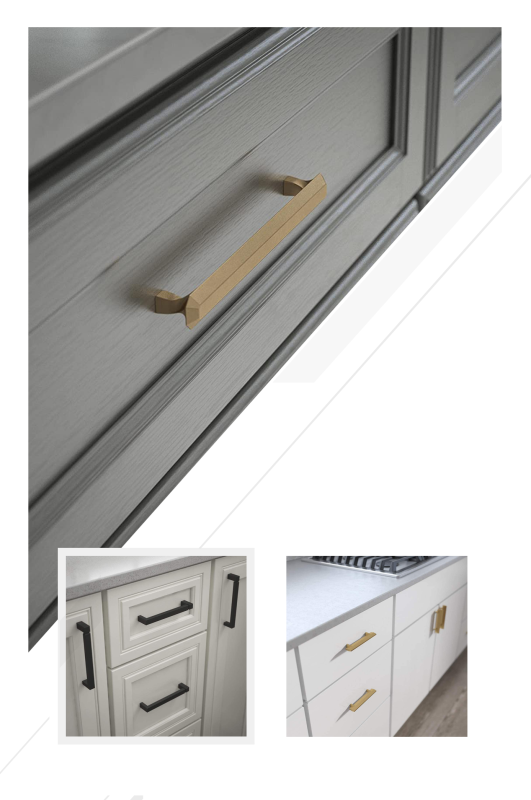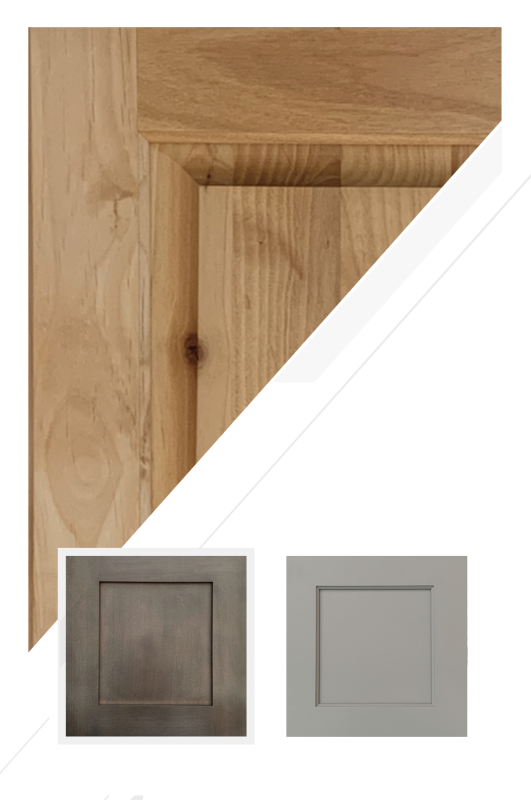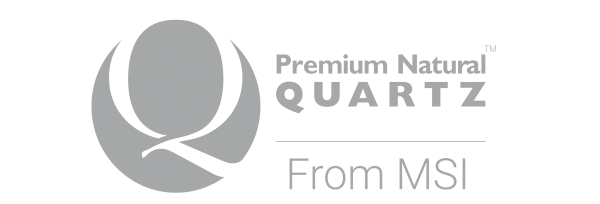Stretching Every Dollar with Modular Precision
By Joy Line Homes California
Rebuilding after wildfire is a financial project as much as a construction project. Insurance allowances, supplemental claims, grants, loans, and personal savings must all align with a plan that gets you home without surprises. In Los Angeles, Ventura, Santa Rosa, Napa, and Paradise, families are finding clarity with Joy Line Homes. Our modular approach brings predictable costs, faster schedules, and WUI compliant assemblies that satisfy code upgrades while protecting your budget. When each dollar works harder, recovery moves from uncertain to achievable.
The key is sequence. Set your financial plan before you set your foundation. Joy Line organizes the process into clear steps so scope and funding match from day one. We help you decide what to build first, how to phase, and where to place every dollar for the most impact.
Know Your Real Budget
Start with a complete picture of available funds. Gather the dwelling coverage, code upgrade coverage, and additional living expense balance from your insurer. Add confirmed grants and any approved loan amounts. Subtract the remaining months of temporary housing and known soft costs like surveys, geotechnical reports, permit fees, and utility reconnections. The result is your working budget. Joy Line turns that number into a right sized scope that is safe, beautiful, and on time.
Under insured families often feel stuck. You are not. Modular efficiency reduces labor hours and waste, which lowers the cost of each square foot. We also design with material packages that are durable, compliant, and cost smart, so you get performance without overspending on finishes that can be upgraded later.
Phase One: ADU as a Bridge and an Asset
Many homeowners begin with an Accessory Dwelling Unit. An ADU returns you to your property quickly and can later create income or serve family. Joy Line ADUs are factory built, WUI compliant, and ready for rapid installation. In Los Angeles foothills we land compact plans near existing utilities for a fast hookup. In Santa Rosa neighborhoods we match street rhythm with single level layouts and calm facades. In Napa and Ventura we add shaded outdoor rooms and non combustible hardscape that double as defensible space. The ADU stabilizes life and budget while you plan the main home.
When the primary home is funded, the ADU remains a valuable asset. Rental income can help offset the mortgage, or the ADU can become a guest suite, studio, or long term housing for relatives. One investment serves many seasons of life.
Scope Control that Protects the Bottom Line
Cost control is not about cutting quality. It is about placing value where it lasts. Joy Line prioritizes structure, envelope, and comfort. That means ignition resistant cladding, Class A roofing, enclosed eaves, ember resistant vents, and tempered dual pane glazing. It means tight air sealing, continuous insulation, and mechanical systems that are efficient and easy to service. These choices improve safety, energy costs, and longevity. Decorative items are kept simple at first, with clear paths for upgrades in later phases if desired.
We provide itemized scopes and allowances so you see the price of each decision. If a selection pushes the budget, we suggest alternates that keep the look and the performance while reducing cost. Transparency keeps momentum steady and eliminates surprises at closing.
Document Once, Leverage Twice
Paperwork can fuel funding. Joy Line compiles a clean package of WUI requirements, Title 24 energy compliance, and detailed takeoffs that demonstrate code driven costs. These exhibits support insurance supplements and can also be used with lenders and grant programs. A single set of accurate drawings and specs serves multiple audiences, which saves time and strengthens your case for reimbursements tied to safety and energy upgrades.
In jurisdictions with rebuild fee reductions or expedited review for fire victims, our complete submittal ensures you qualify and move quickly. Time saved is money saved, especially when temporary housing costs are high.
Foundation Choices that Balance Cost and Performance
Site conditions determine the smartest base. On flat infill lots in Santa Rosa, a slab on grade often delivers the best value and the quickest path to inspection. In Los Angeles and Ventura hillsides, raised steel platforms with sealed underfloors improve access and drainage while blocking ember travel. In Napa vineyards or disturbed soils near Paradise, helical piles with grade beams can reduce excavation and shorten schedules. Joy Line designs each foundation to support modular tolerances, protect utilities, and pass inspection the first time.
Good foundations avoid costly rework. Clear anchor layouts, utility chases, and drainage plans reduce change orders and keep the budget intact from excavation to set day.
Procurement that Stabilizes Pricing
Volatile markets punish site built timelines. Factory construction locks material lists early and buys in bulk. Joy Line releases long lead items at the right time and stores materials under cover, which prevents weather damage and price escalation. Fixtures, windows, and roofing are secured before the frame arrives on site. Predictable procurement equals predictable budgets.
Utility Planning that Saves Twice
Thoughtful utility routing can lower both install and lifetime costs. Electrical service in sealed conduits with exterior disconnects speeds inspection and simplifies maintenance. Gas meters placed outside the first five feet of the building and shielded from heat reduce risk and may lower insurance premiums. Water lines run through insulated sleeves with labeled shutoffs. These details protect the home, reduce service calls, and make seasonal checks quick and inexpensive.
Design Discipline for Real Budgets
Elegant design does not require expensive finishes. Joy Line creates calm, modern interiors with simple profiles, durable surfaces, and well placed windows. We use color, proportion, and light to elevate spaces without costly custom elements. Exterior compositions favor clean planes and fire wise detailing that reads sophisticated while remaining practical. The result is a home that feels premium and stays within reach.
Where upgrades make financial sense, we target items that are hard to revisit later, such as roof assemblies, insulation values, and window performance. Easy to change finishes wait until the budget has recovered or rental income begins flowing from an ADU.
Financing Paths that Fit the Timeline
Recovery often blends funding sources. Home equity lines, construction to permanent loans, and state or local programs can pair with insurance proceeds. Joy Line coordinates draw schedules with factory milestones and inspection checkpoints. Because modules are inspected before delivery, lenders gain confidence in collateral quality and disbursements can align with real progress. Clear schedules reduce interest carry and help you reach occupancy sooner.
Avoiding Cost Traps
Several mistakes inflate budgets. Do not begin design before confirming crane access and set points. Do not choose combustible decks or fences that touch the structure. Do not approve materials that lack WUI compliance. Do not sign open ended contracts without itemized scopes and allowances. Do not expand square footage beyond funding comfort when an ADU plus a modest primary home would meet needs and stabilize cash flow. Discipline at the start creates freedom at the finish.
Regional Notes for Smarter Spending
Los Angeles: Plan for hillside staging, narrow streets, and wind exposure. Raised platforms reduce grading and protect underfloors. Choose window placements that favor protected views and reduce heat gain.
Ventura: Balance coastal corrosion resistance with canyon wind protection. Metal roofing with concealed clips, coated fasteners, and enclosed framing deliver longevity without premium maintenance.
Santa Rosa: Respect neighborhood rhythm with simple forms and porch entries. A slab on grade paired with fiber cement exteriors keeps costs stable and inspections smooth.
Napa: Invest in defensible space that doubles as landscape design. Covered outdoor rooms cool interiors and extend living area without expensive square footage.
Paradise: Consider helical piles to reduce excavation on disturbed soils, then phase the main home after an ADU brings you back to the property.
Life Cycle Costs that Pay You Back
Operating costs matter as much as build costs. Tight envelopes, balanced ventilation, and efficient equipment lower monthly bills. Solar ready roofs prepare for future offsets. Durable exteriors reduce repainting and repair. These savings stack month after month, turning design decisions into returns that support the family budget long term.
Stories from the Field
In Los Angeles, a family chose an ADU first, moved home within months, and used rental income later to help fund the primary residence. In Ventura, a coastal project used metal roofing and coated components that reduced future maintenance while meeting WUI standards. In Santa Rosa, a compact slab plan passed inspection quickly and kept the budget on track. In Napa, a small ADU with deep shade structures delivered comfort and low energy use. In Paradise, helical piles and a raised platform simplified access and eliminated costly grading. Each decision respected the budget and strengthened resilience.
The Joy Line Perspective
Financing a rebuild requires clarity, control, and care. Joy Line Homes brings all three. Our modular precision lowers cost and risk. Our WUI focused assemblies protect your investment and your family. Our process keeps insurance, grants, and loans aligned with a schedule you can trust. Whether you start with an ADU or move straight to a primary home, we will help you stretch every dollar and still arrive at a modern, comfortable, fire ready residence. That is how budgets recover, neighborhoods return, and California moves forward together.
About Joy Line Homes
Joy Line Homes builds modular residences and ADUs across California with WUI compliant assemblies, energy efficient envelopes, transparent pricing, and schedules that hold. We help fire affected families rebuild with financial confidence and lasting performance.
Visit JoyLineHomes.com to schedule a financing and scope planning call.
We are based in Santa Cruz County ,
California
Tel: (831) 888-Home
Email: info@joylinehomes.com
Business Hours: 9am - 6pm

